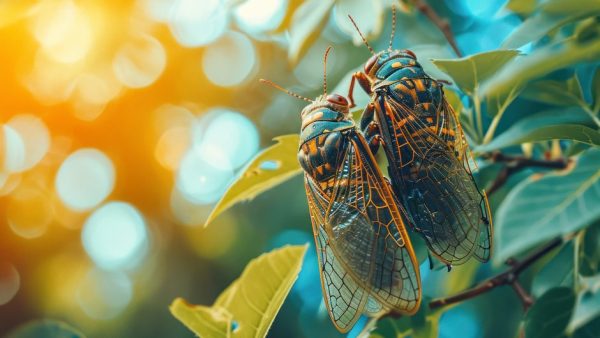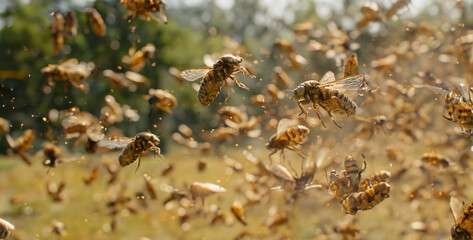By mid to late April and throughout May, trillions of buzzing cicadas will emerge from the ground. That’s right, trillions of cicadas. Both Brood XIII which come out every 17 years and Brood XIX which come out every 13 years will emerge simultaneously adding up to trillions of these buzzing bugs by late May.
The bugs we will start seeing soon are referred to as Periodical Cicadas because they only emerge every 13 or 17 years depending on the brood. The specific broods we will see this year have not been above ground simultaneously for centuries. To be specific, since 1803, when Thomas Jefferson was president, which was also about two decades before Missouri even became a state. Luckily, these broods will not co-occur again until in 2245.
Although no harm or diseases are spread by cicadas to humans or pets, they can still be irritating because of their loud mating calls. The males group together and “sing” very loudly to attract females and in these large groups they can reach decibels similar to a lawn mower or a passing jet.

Even so, they could be damaging to plants as they are their primary food source and where females lay their eggs. They can devour entire trees and large plants within days. Scientists warn against using insecticides, though, as this could impact the population of other necessary insects in the area. If concern arises for the health of your plants or trees, you can cover them with netting or cheese cloth to minimize damage from the cicadas.
Finally, if you are so inclined, cicadas are quite nutritious. They are high in fat and fiber and similar amounts of protein as red-meat. Some people who have eaten cicadas have reported that they taste similar to canned asparagus, according to the National Wildlife Federation.









